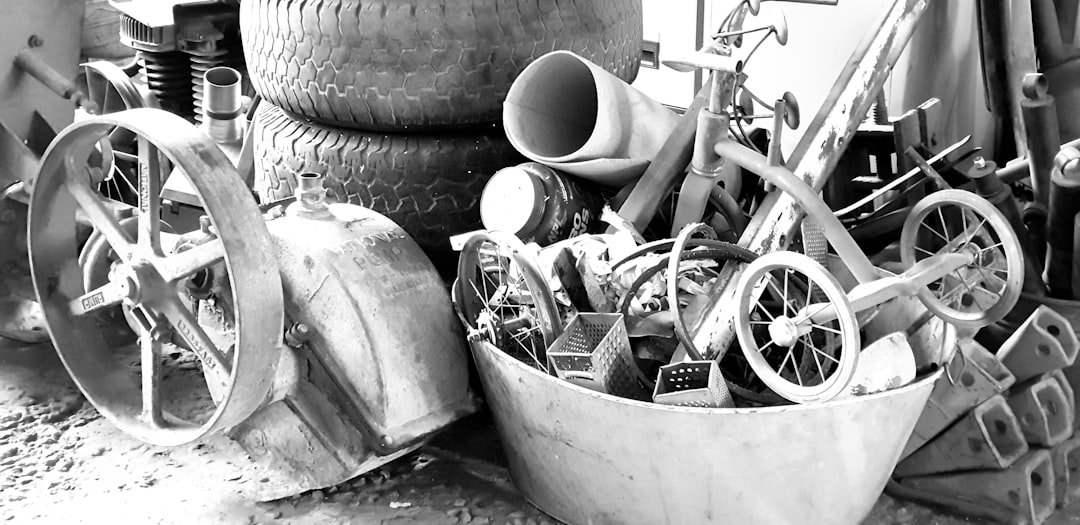The anterior cruciate ligament (ACL) is one of the most important structures in the knee joint. It provides stability during movements like running, jumping, and sudden directional changes. However, ACL injuries are common, particularly in athletes and individuals engaged in high-impact activities. When the ACL is torn, it can result in knee instability, and in many cases, surgical repair becomes necessary. This article explains ACL repair surgery in detail, including who may need it, how it is performed, and what recovery entails.
What is ACL Repair Surgery?
ACL repair surgery is a procedure designed to restore the function of a torn ligament in the knee. Unlike some injuries that heal naturally, the ACL often cannot repair itself because it has a limited blood supply. The surgery typically involves reconstructing the ligament using a graft, which may be sourced from the patient’s hamstring tendon, patellar tendon, or a donor. The goal is to provide the knee with the stability needed for normal activities and sports.
Who Needs ACL Surgery?
Surgical intervention is commonly recommended for individuals who:
Have suffered a complete ACL tear.
Experience repeated episodes of knee instability.
Wish to return to sports or physically demanding activities.
Have other knee injuries, such as damage to the meniscus or collateral ligaments.
Not all ACL injuries require surgery. Partial tears or injuries in less active individuals can sometimes be managed with physical therapy and bracing. Consulting with a specialist is essential to determine the best course of action.
How is ACL Repair Surgery Performed?
The procedure is most commonly performed arthroscopically, a minimally invasive technique. During the surgery:
Small incisions are made around the knee.
An arthroscope, a tiny camera, is inserted to visualize the joint.
The surgeon removes the torn ligament and prepares the site for the graft.
The graft is inserted and secured using screws or other fixation devices.
The procedure is typically done under general anesthesia and lasts about 1-2 hours. Most patients are discharged the same day, although some may require an overnight stay.
Recovery and Rehabilitation
Recovery from ACL repair surgery is a gradual process that includes several phases:
Immediate Post-Surgery (First Few Weeks): Focus on managing pain and swelling while regaining basic knee movement. Crutches are often needed for support.
4-6 Weeks: Light exercises to rebuild strength and improve flexibility are introduced. Low-impact activities like cycling may be permitted.
3-6 Months: Progression to more intensive physical therapy, focusing on balance, agility, and strength training.
6-12 Months: Gradual reintroduction to sports or high-demand activities with close monitoring by a therapist or physician.
Most individuals achieve full recovery within 9-12 months. However, returning to sports too early increases the risk of re-injury.
Risks and Complications
Although ACL repair surgery has a high success rate, potential complications include:
Infection.
Knee stiffness or persistent pain.
Blood clots.
Graft failure or re-injury.
Patients can minimize these risks by closely following their surgeon’s post-operative care instructions and adhering to their rehabilitation program.
Benefits of ACL Surgery
The primary benefits of ACL surgery include:
Improved knee stability.
Reduced risk of further knee injuries.
Restoration of normal joint function.
Ability to return to sports and other physical activities.
Conclusion
ACL repair surgery is an effective solution for those dealing with knee instability caused by a torn ligament. While the recovery process requires dedication, the long-term benefits make the effort worthwhile. If you suspect an ACL injury, consult an orthopedic specialist to explore your options and determine whether surgery is the right choice for you.
With proper treatment and rehabilitation, many individuals return to their pre-injury activities with confidence and strength.

 Maximizing Your Room with Storage Space Sheds
Maximizing Your Room with Storage Space Sheds